Bring on the recession
I would like to introduce Redjotter's first ever guest blogger: David Hicks founder of Glasgow based consultancy CrossingTheBorder that specialises in developing services, visual communication and customer engagement.David shares his opinion on the T-Labs project I worked on during my MDes program...

Recessions stink, they really do and ours isn’t over yet by a long shot. We may be having a bit of respite at the moment but the experts predict that this initial growth of the UK economy will only be temporary. In all likelihood, there will be a further contraction followed by a further ‘false dawn’ before sustained growth finally kicks in.
This ‘W’-curve recovery pattern means we are in a strange period of economic stagnation. But ‘Never waste a good crisis’ are words being uttered by many in business. An initial opportunity, not least a critical one is that your business audience is in a receptive state, whether they are in the public or private sector, with regard to learning how things can be done differently, at minimal costs of course.
Another mantra we are starting to hear is ‘Do more, with less’. Not ‘Do the same as you were doing, with a bit less’ but do a lot more with a lot less’. This is increasingly true for public sector organisations as the reality of looming budget cuts starts to be realised.
It was with these thoughts rattling about my consulting brain that I visited the Dundee University Masters Degree Show last week. In particular, I was interested in a project, which was a collaborative undertaking between a number of the Mdes (Master of Design) students and with a real client. It was clear on arriving at the show, and glancing at the large format visuals this was no ordinary academic undertaking.
The students, through the ‘design school’ had been commissioned by a well-known global mobile company to look at how their services could be developed for an aging and increasingly elderly population. The client provided a framework, which could generically be described as a design thinking process, however the remaining architecture of the client solution was developed by the students themselves, no mean feat given the client had to buy the structure before any further work could be completed.
The client engagement methodology was titled Rip + Mix by the students, one that alluded to the deconstruct/reconstruct nature of the approach they intended to take through the design process. Within this process, the students developed their own creative tools and workshop formats that would allow them to answer the service design brief both thoroughly and commercially. It was clear from the presentation that they had done this with the highest standards of thinking, creativity and professionalism.
Not least, they had taken the opportunity to first reformulate the clients’ questions, prioritise them and double-check them with the client, (how many agencies, consultants and economic support organisations could do with a refresher in that part of the process alone?) and they also eschewed, I was glad to see the default ‘customer-centred design’ process most designers seem to think is the be all/end all first
Within the project, each student had identified their own strengths and interests and identified where they fitted with each stage whilst contributing in a truly collaborative way – designers egos seemed to be conspicuous by their absence, meaning the client needs were always coming first.
Although I can’t go into the detail of the project for IP protection reasons, the students, or former students as they now are, showed a remarkable capacity to understand the client. By taking sufficient risks in coming up with both innovative yet practical solutions and importantly grasping the opportunity that there was space to both educate and up-skill the client in the process, an additional set of value creating deliverables had been included in the project.
Now, these are the people I want to work with, no matter where we are on the W-curve.
